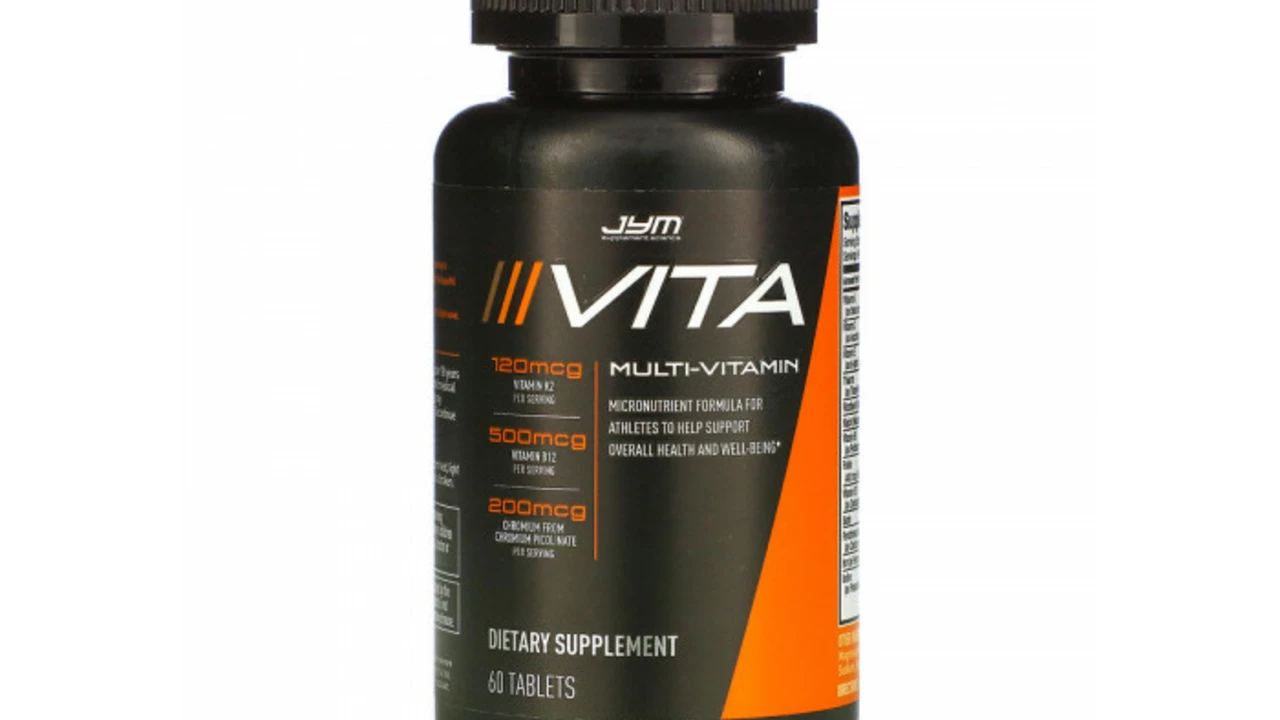Arnica: What It Is and How It Can Help You
If you've ever bought a sports kit or a natural health product, chances are you've seen arnica. It's a plant that grows in cold mountain regions and has been used for centuries to soothe sore muscles, bruises, and joint pain. Modern science backs up many of those old claims, making arnica a go‑to option for people who want relief without a prescription.
Arnica is most often found as a topical gel, cream, or ointment, but you can also get it in homeopathic pills and tinctures. The active compounds—mainly sesquiterpene lactones—help reduce inflammation and improve blood flow to the affected area. That’s why you feel less pain after a few applications.
Top Ways to Use Arnica
1. Muscle soreness after exercise: Rub a pea‑sized amount of arnica gel on sore calves, thighs, or shoulders right after your workout. Let it absorb for a few minutes; you should notice a cooler feeling and less ache within an hour.
2. Bruises and bumps: Apply the cream gently to fresh bruises (no need to massage hard). The anti‑inflammatory action can make the discoloration fade faster, often in 2–3 days instead of a week.
3. Joint stiffness: For arthritis or occasional joint pain, use arnica ointment twice daily—morning and night. Consistent use helps keep swelling down and keeps you moving more comfortably.
4. Minor skin irritations: Some people use diluted arnica tincture on insect bites or minor burns to calm itching. Always do a patch test first; if the skin gets red, stop using it.
Safety Tips & When to Avoid
Arnica is safe for most healthy adults when used topically, but there are a few red flags. Never apply undiluted arnica oil or raw plant parts directly on open wounds—those can cause skin irritation. If you have a known allergy to plants in the Asteraceae family (like daisies or ragweed), skip it.
Oral arnica homeopathic tablets are highly diluted, yet they’re not recommended for pregnant or breastfeeding women unless your doctor says it’s okay. Kids under 12 should stick to topical products and only with adult supervision.
If you notice itching, rash, or a burning sensation after applying the cream, wash the area with mild soap and water right away. Those symptoms usually mean you’re sensitive to the formula.
When buying arnica, look for reputable brands that list standardized extracts (usually 0.5%–1% helenalin). Check for third‑party testing seals—those give you confidence the product isn’t mixed with fillers or contaminants.
In short, arnica can be a handy addition to your home health kit: it eases muscle aches, speeds bruise healing, and reduces joint inflammation without a prescription. Just follow the usage tips, watch for any skin reaction, and choose a trusted brand. Your next sore spot might feel better faster than you expect.

The Science-Backed Benefits of Arnica: What You Need to Know About This Popular Dietary Supplement
Jul, 12 2023
